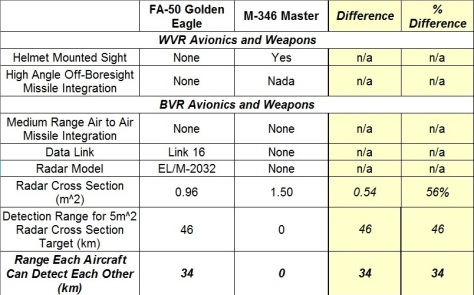Akasa
SENIOR MEMBER

- Joined
- Aug 9, 2008
- Messages
- 7,227
- Reaction score
- 9
- Country
- Location
Sir What about Interest in Pesa Ibris-E
There was never Chinese interest in the Irbis-E
They are which Radar and informative links pls,
I've gathered some general info but there are more comprehensive papers out there, I'm sure.
The J-16 (and J-15S presumably) uses a radar from the 607th Institute. It features 1760 T/R modules and can track a 0.1 m^2 target from 250 km or a 1 m^2 target from 450 km:




The J-10C uses a radar from the 14th Institute, with approximately 1152 T/R modules. It might have been upgraded since then.



The J-20's AESA prototype was completed by 2009. The prototype features 1900 T/R modules and is from the 14th Institute, but it might have been upgraded since then.

The J-11D uses a newer-generation AESA radar from the 14th Institute, but details regarding the system are unknown.
I have not included any info regarding such radars aboard AEW, unmanned, or rotary-wing aircraft.












